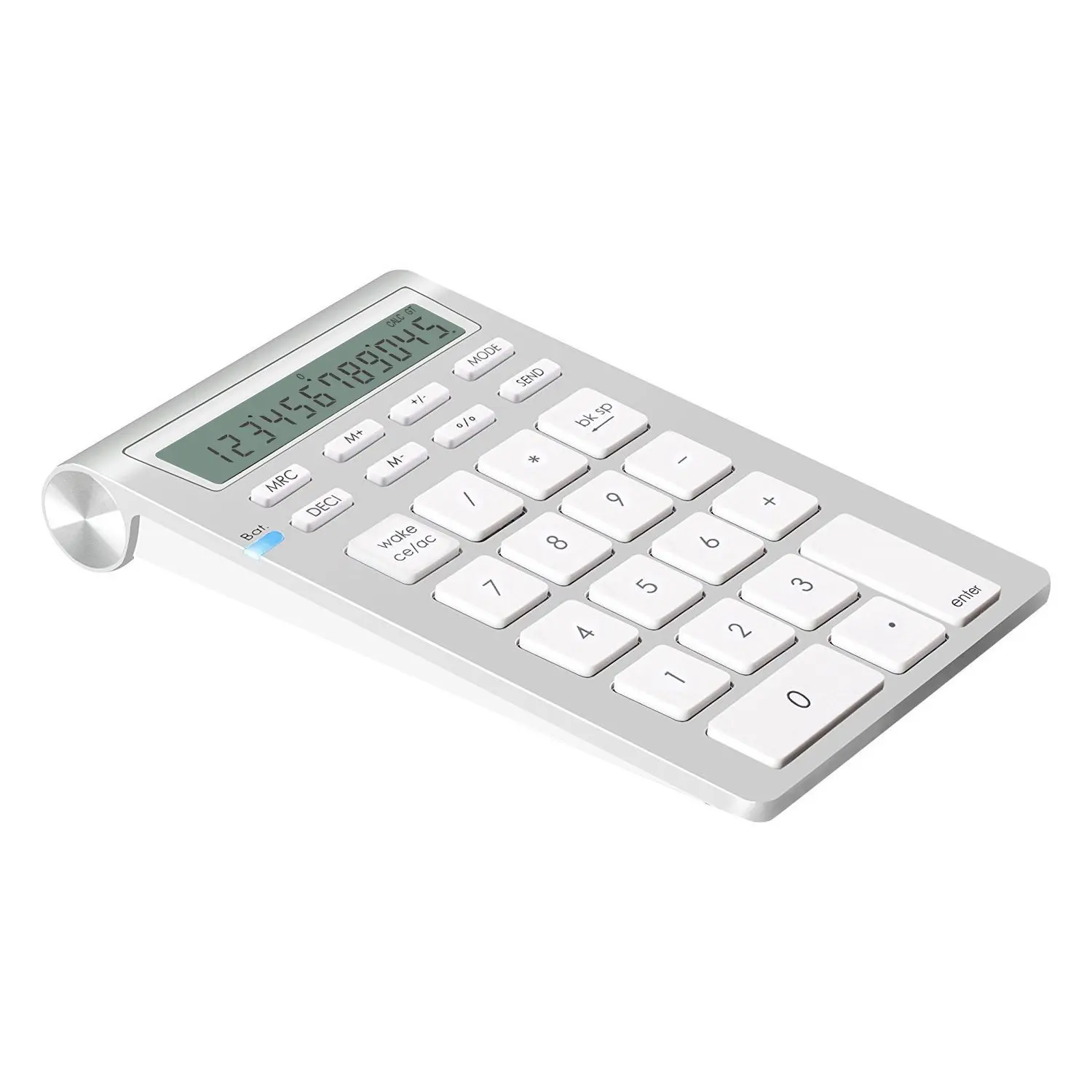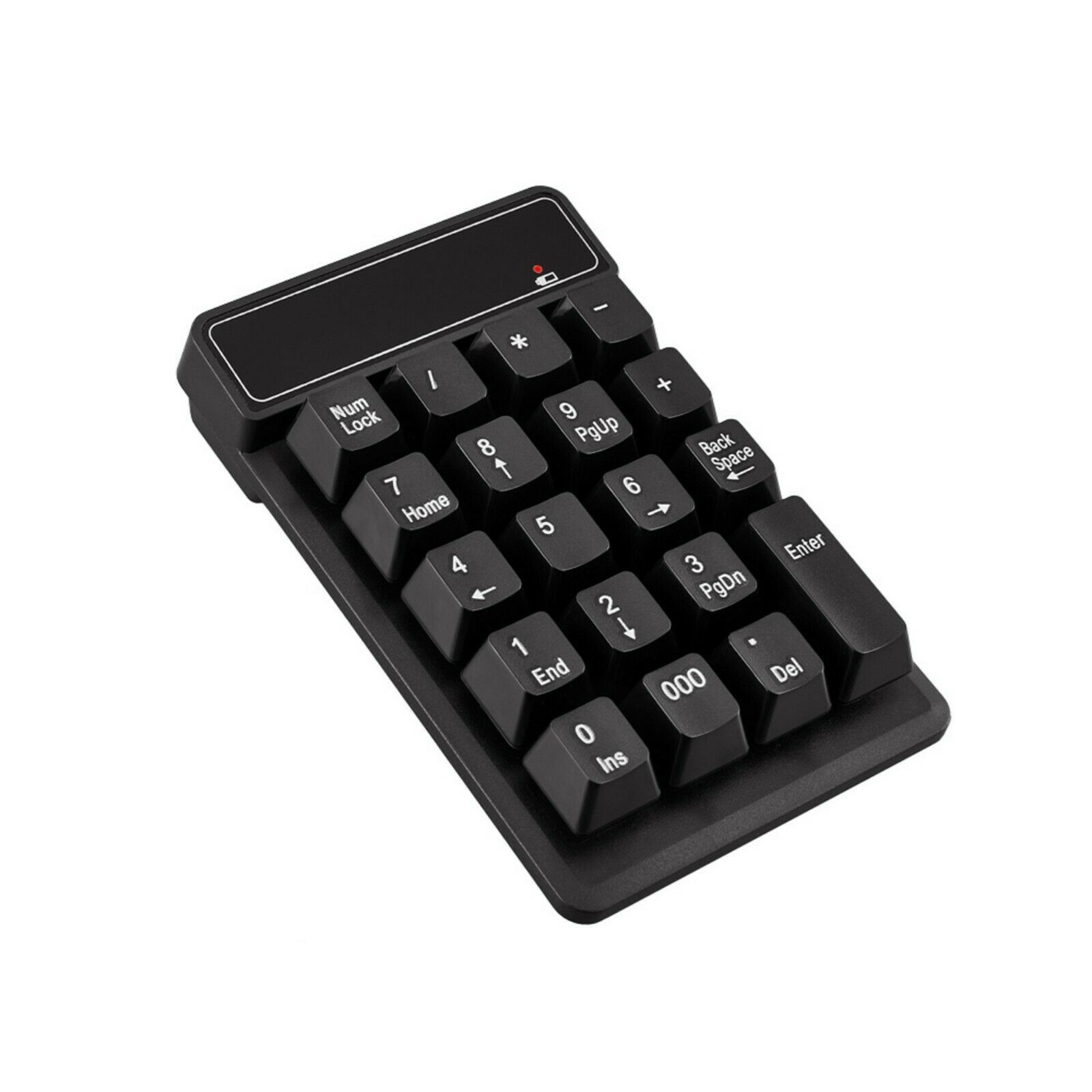



It is small, lightweight, and includes an on/off switch, two AAA batteries, and a stowable USB receiver. I originally purchased a Targus AKP11US wireless Bluetooth keypad on Amazon for about $22. I figured I could do these simple things with something more efficient for the purpose and leave the full-size keyboard outside near the instructor station just for flight set up. After that, it was only used to communicate with ATC, control FSDreamTeam’s GSX, pause, change views, and toggle sound on/off. Since I now have most of the 737 hardware interfaces, I found myself only really using the keyboard to set up the initial flight parameters. Where my keyboard would normally live while flying. It ended up leaning against my throttle quadrant which is neither convenient, nor very good looking. However, when I replaced the Saitek with my Simujabs Yoke, I had nowhere to put the keyboard. My keyboard used to sit on top of my old Saitek Pro Flight Yoke, and since the Saitek had a wide base, it worked out pretty well. But, if you have enough simulation hardware, you may just be able to kick your full-size keyboard out of the cockpit. The keyboard in home flight simulation is a necessary evil. It is required for most interaction with the simulator program.


 0 kommentar(er)
0 kommentar(er)
